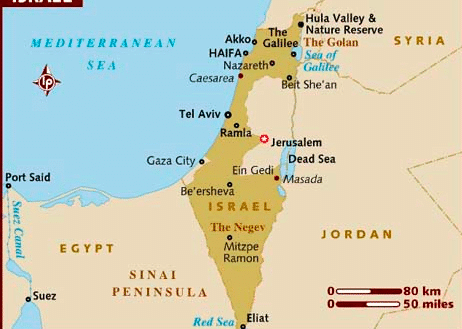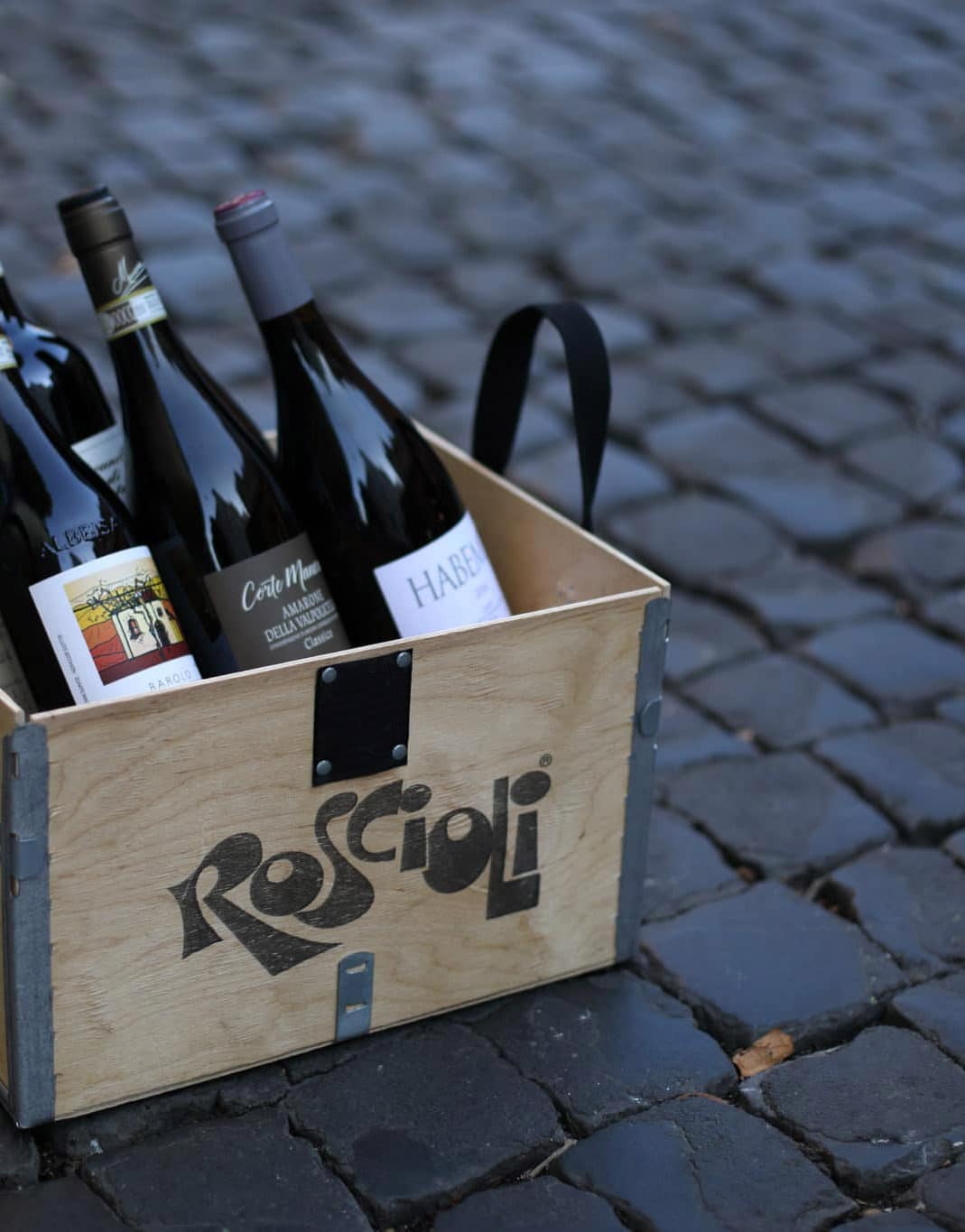If you’ve read any of my previous articles, you might suspect that I’m a lover of old-world and traditionally styled wines. Well, it’s true. I can admit it. My palate usually prefers wines produced in Europe. Now, as an American, I admit this with more than a bit of regret. But I can’t help what I like.
Why do I prefer the old-world style? The reasons are many but I think they boil down to this. In my glass, I want to taste fruit and earth, flavors derived from fruit and earth, and not much else. That’s usually what you get in an old-world style wine. What I don’t want to taste are overt flavors of wood, butter, alcohol or sugar.
When visiting wine regions, I want to know who’s making traditional or old-world style wines and who’s making wines in a more modernist way. Trying to solve this puzzle can be a challenge and an adventure. Not least, it helps me order more suitable bottles off unfamiliar restaurant wine lists.
A few years ago, a friend living in the Middle East told me that for him, Israeli wines resemble European wines in that they often reveal earthy characteristics and a distinctive smoky quality. That caught my attention. I’d always wanted to visit Israel, and now I had another reason to go.
When I finally made it to Israel a few months ago, I asked the same two questions to wine professionals wherever I went: Which Israeli producers make wines in a traditional style? More importantly, where can I try them? I asked these questions at restaurants, wine shops, and at wineries—a few of which are counted among the most celebrated in the country.
Unfortunately, I didn’t get many answers. Most surprisingly, some wine professionals didn’t seem to understand the point of the questions—and they all spoke excellent English. I soon found myself asking a third question: Why are the Israeli wines I’m tasting so oaky and high in alcohol?
To state the obvious, Israel is in a very old part of the world. Winemaking goes back to biblical times. It stands to reason that in a nation with over 300 producers, many would be making wine in an old-world style. Yet that style, my preferred style, is difficult to find. Even at innovative, hot spot restaurants in Tel Aviv, where you’d expect to find diversity on wine lists, it was near impossible to find a red that didn’t hit me in the face with overt oak, or a white that didn’t show a cloying, round sweetness.
After a week of asking my questions, the only traditional style producer anyone could think of was Gaby Sadan, the French-trained winemaker and owner at Shvo Vineyards. Indeed, when I tracked down and tasted a bottle of Shvo Chenin Blanc on my last day in Israel, I was somewhat sated.
Still, if Shvo is the Rhys of Israeli wine, is there a Ridge? Is there an Arnot-Roberts? Matthiasson? I could go on.
Granted, Israel is relatively new to having what you’d call a wine industry. But that hasn’t stopped producers in other newer regions from producing noteworthy old-world style examples. In California alone, there’s enough of a backlash against modern and international style wines that, a few years ago, Jon Bonné wrote an entire book on the new wave California producers who embrace more traditional styles and methods. In New Zealand and Australia too, old-world inspired wines are increasingly prominent.
Could it be that the Eastern Med’s arid heat is pushing Israeli winemakers to dial-up the alcohol, as evidenced in so many new-world wines? I heard this explanation once or twice in Israel, but I don’t buy it. First, there’s Gaby Sadan’s example. Second, Lebanon’s Chateau Musar is a stalwart of traditional winemaking. The Musar fruit is grown in the Bekaa Valley, which sits just 60 miles north of Israel’s most important wine region, the Golan Heights. And the cool, high-altitude microclimates in the Golan often compare favorably to those in the Bekaa.
No, the vast majority of Israel’s producers are making a stylistic choice. They are choosing the modern style over the more traditional one. Sure, they are chasing a bigger part of the market, which is smart. But purely economic logic would seem to call for more diversification. I’ve visited more than a few producers who are happy to explain how they make wines in varying styles to reach more corners of the market.
Perhaps the most interesting explanation for Israel’s stylistic choice came from a particularly thoughtful Israeli sommelier. He sympathized with my failed quest to find a European style Israeli wine on his list, then speculated: “The situation might change as Israeli palates evolve, but I’m not so sure. To some degree the modern wines match our national personality. Like them, we are bold and assertive, for better or worse.” Fair enough.
I’ve often said that wine never ceases to amaze and surprise, so you never know. Perhaps the wine scene in Israel will change. I’m returning early next year and have tentatively planned a visit to Shvo to talk with Gaby. I can’t wait to hear his take. Hopefully, he’ll tell me all about a rising, promising set of old-world inspired producers.
by Christopher Maclean
How to Host the Perfect Italian Dinner Party
Bring Italy to you with our free guide to planning and hosting the perfect Italian dinner party!
Find recipes, wine paring recommendations and other tips for a memorable evening, all curated by our team of experts - download today here:
 SEI IN ITALIA? CLICCA QUI
SEI IN ITALIA? CLICCA QUI 



Comments
I agree with your distinction. It should be remembered that although the area is an ancient area of wine culture, the real change begins only in recent years.
On your next visit to Israel, you should also try:
Mia luce – g.s.m or Syrah.
Garage de Papa
Sphera – The white signature.
Thanks very much for the suggestions, Eli!